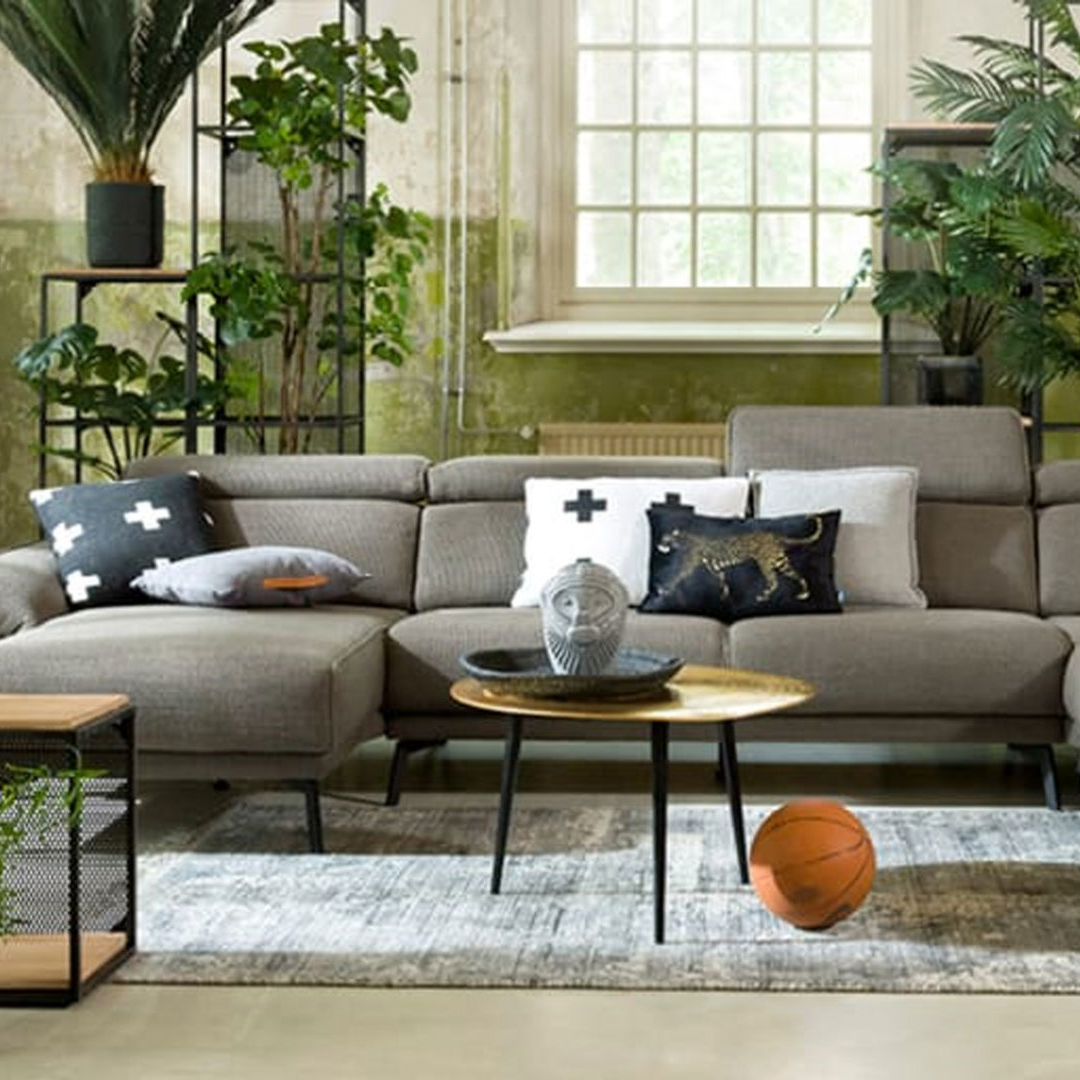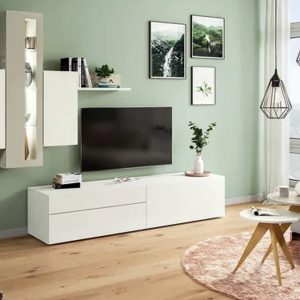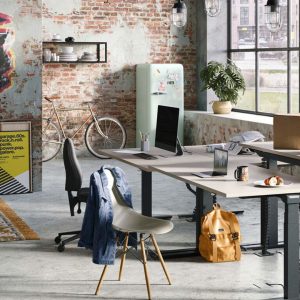
Wall Colors: The Power of Choosing the Right Palette
Choosing the perfect color for your walls is an essential step in creating the perfect living space. It can be challenging, but it is also fun and rewarding to experiment with different colors and see what works best. The right color can bring depth and personality to a room, while the wrong one can make it lackluster and uninviting.
The Psychology of Colors
Color psychology refers to how colors affect human behavior and emotions. Understanding the psychology of colors is essential in choosing the right color for the walls in your home. For example, red is a color that stimulates the body and mind, while blue is calming and relaxing.
Yellow is a color that can improve mood and energy levels, and green is associated with nature and can provide a calming effect. Orange can increase appetite and is often used in kitchens and dining areas, while purple is linked to creativity and luxury.
The Importance of Lighting
The lighting in your home is another critical factor to consider when choosing wall colors. The same color can look entirely different depending on the lighting in a room. Natural light, fluorescent light, and incandescent light can all affect how colors appear.
It is also essential to consider the orientation of a room. North-facing rooms tend to have cool light, so warm colors may work better to create a cozy atmosphere. South-facing rooms get plenty of natural light, so cooler colors can help balance the brightness and reduce glare.
Choosing the Right Color Palette
When selecting a color palette for your walls, it is essential to consider the colors of your furniture, flooring, and other accessories. A well-coordinated color palette ties the room together and creates a cohesive look.
One straightforward way to choose a color palette is by using complementary colors. These are colors that are opposite each other on the color wheel, such as blue and orange or green and red. Complementary colors work well together and can create a bold and striking look.
Analogous colors are another option, which are colors that are next to each other on the color wheel, like blue and green or red and orange. These colors work well together and create a harmonious and calming effect.
Choosing the right color for your walls is a vital factor in creating a beautiful and inviting home. Understanding the psychology of colors, the importance of lighting, and the different color palettes can help guide you in making the right choice. Experiment with different colors and have fun creating the perfect living space that reflects your personality and style.


